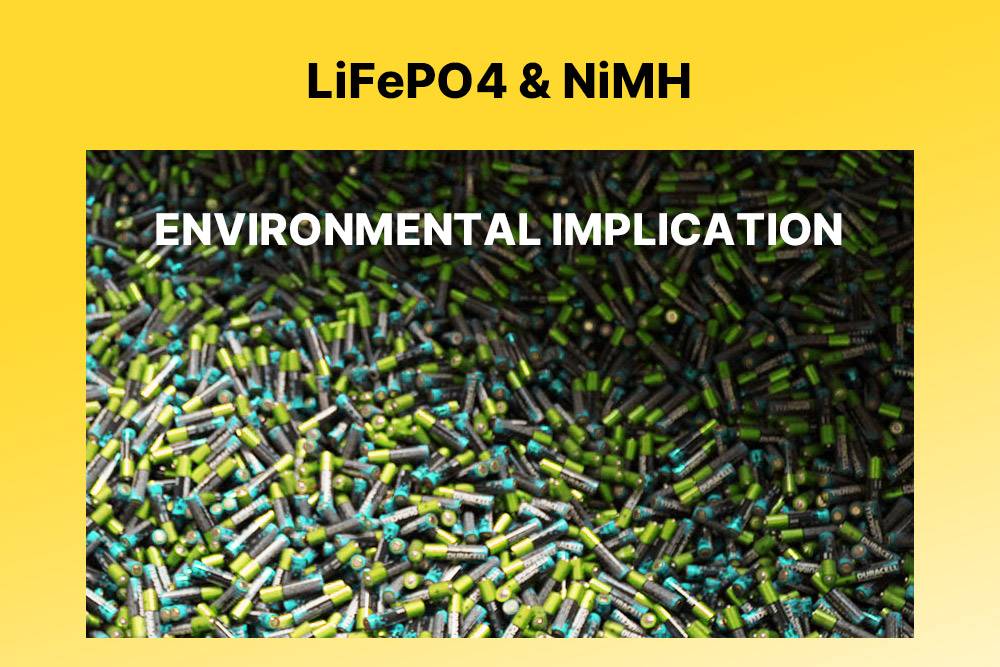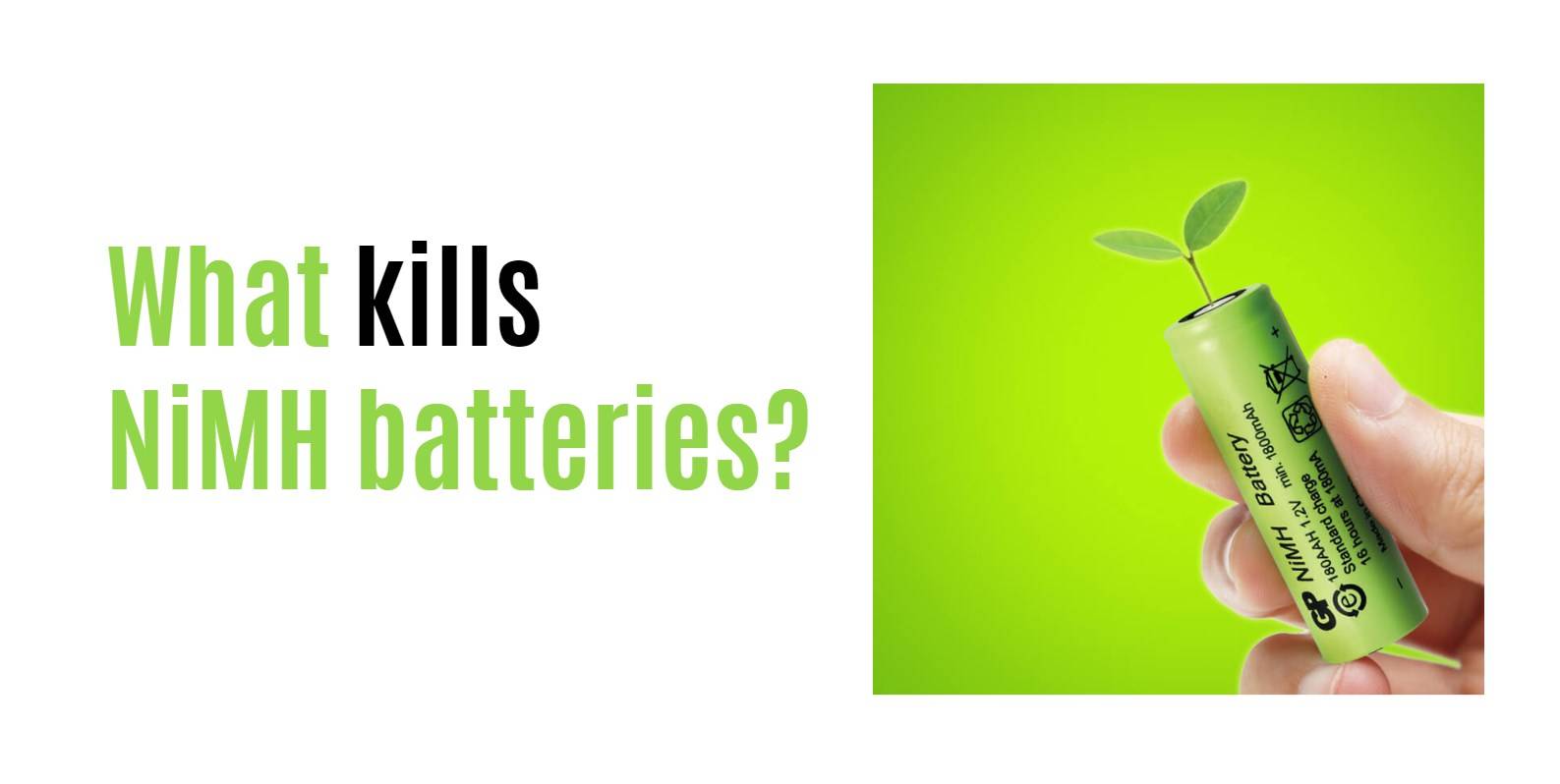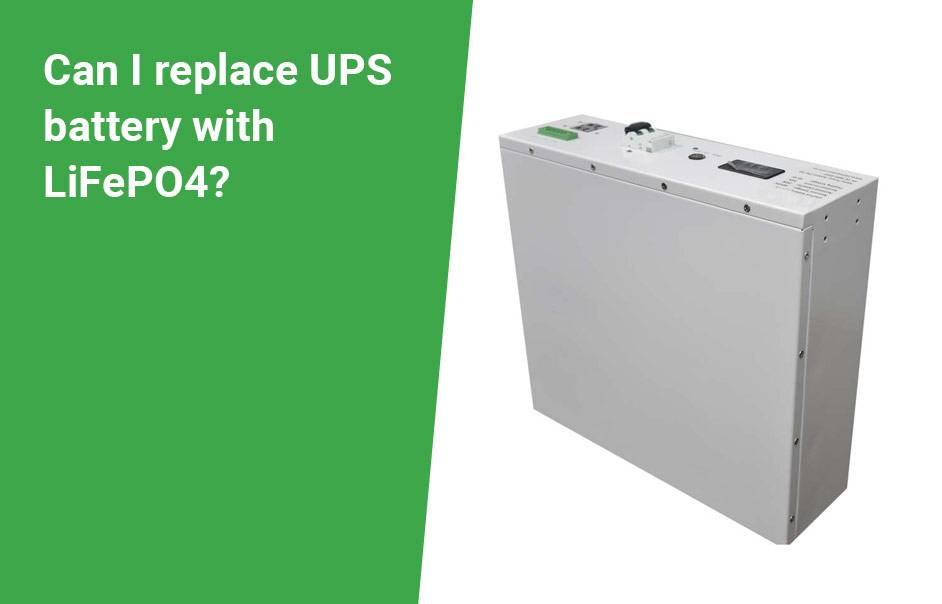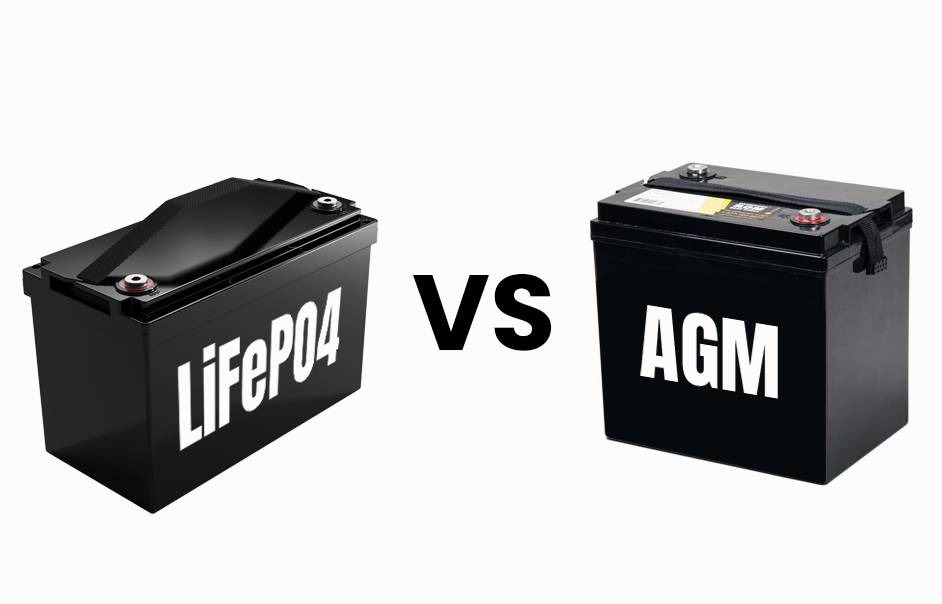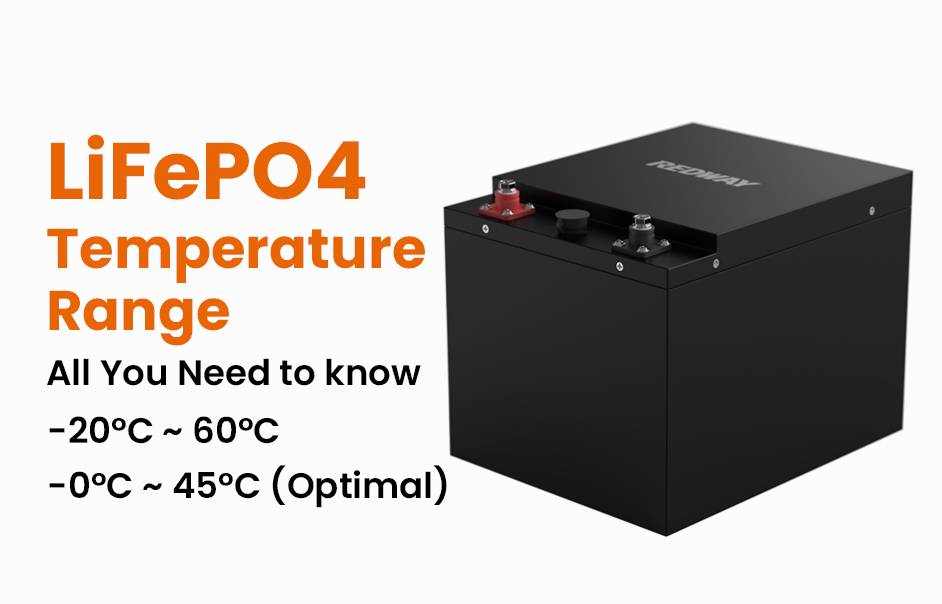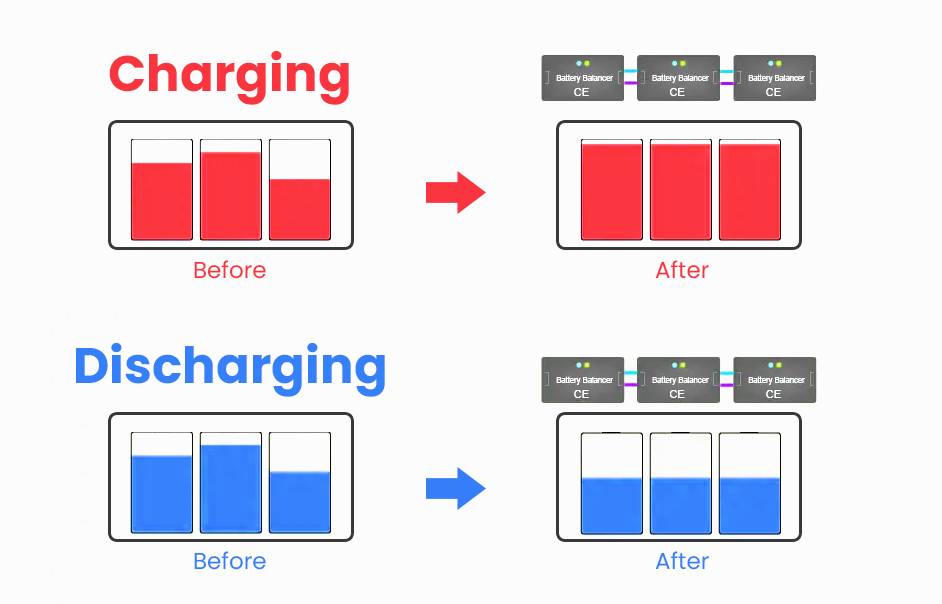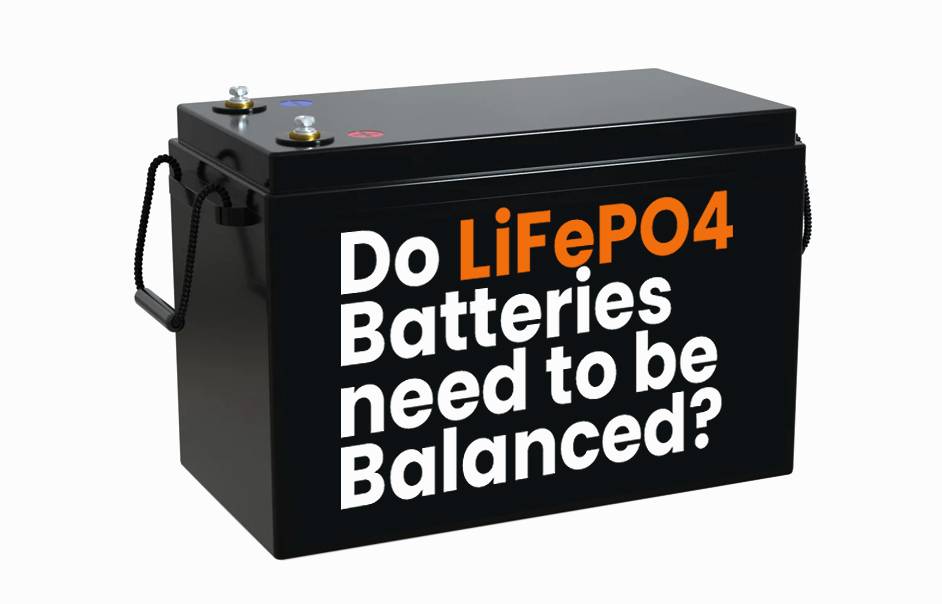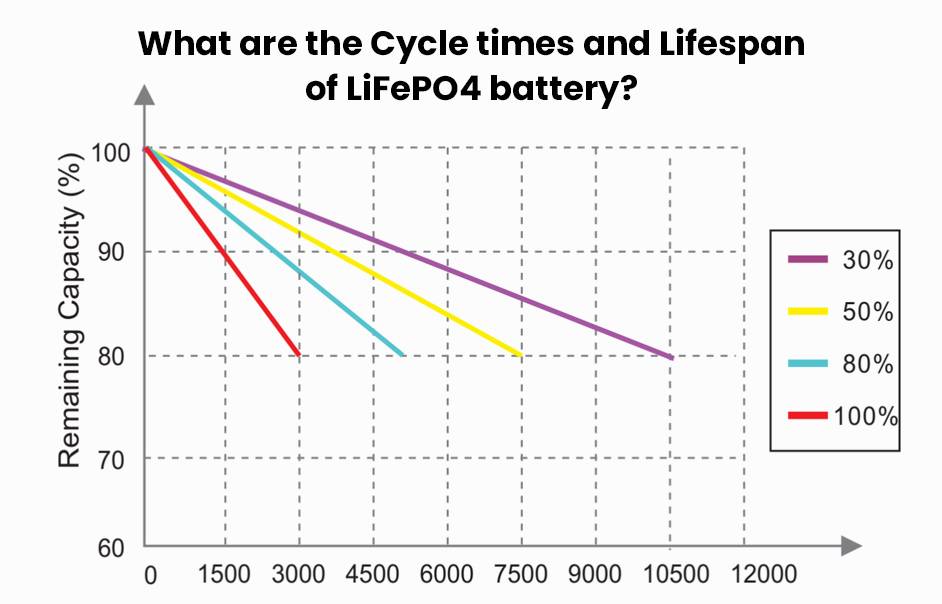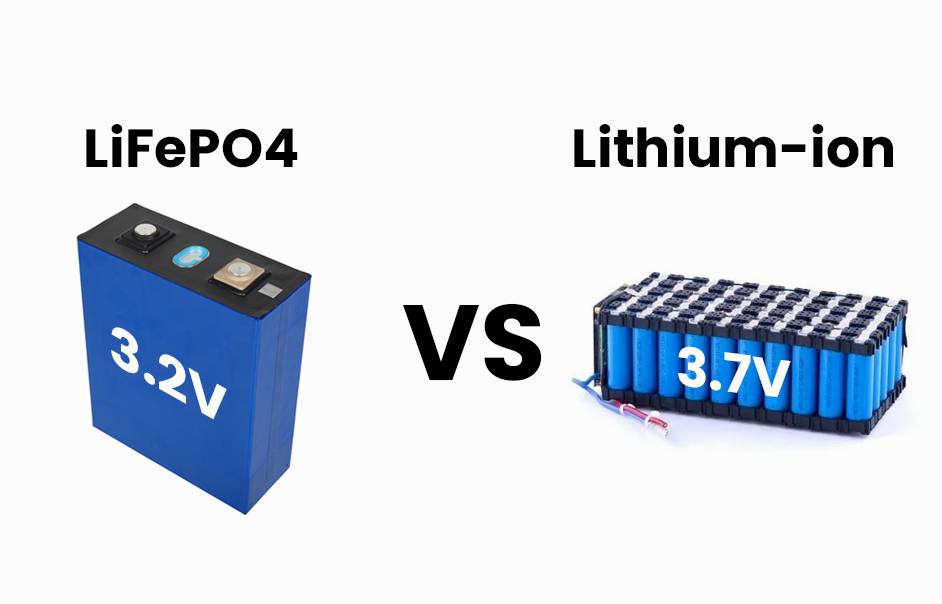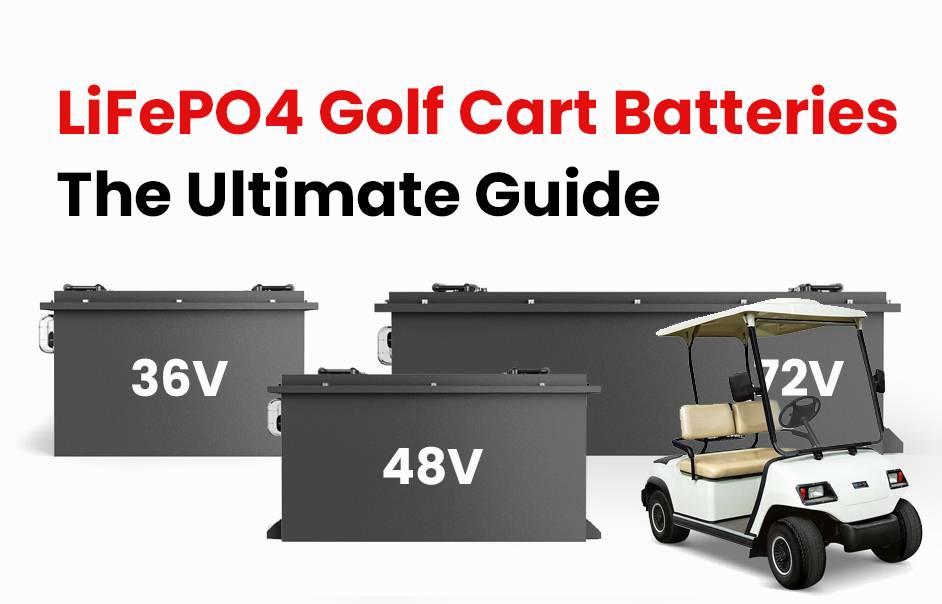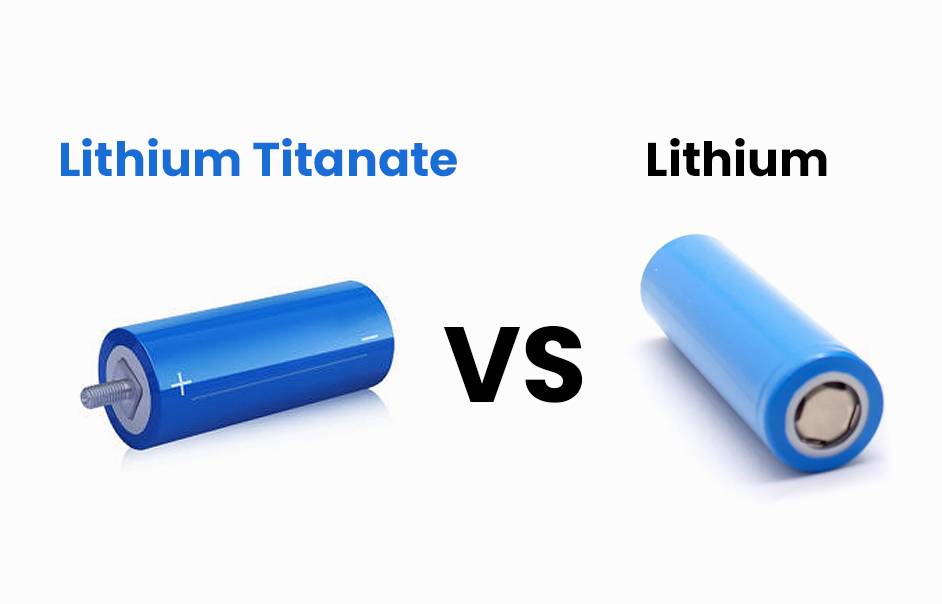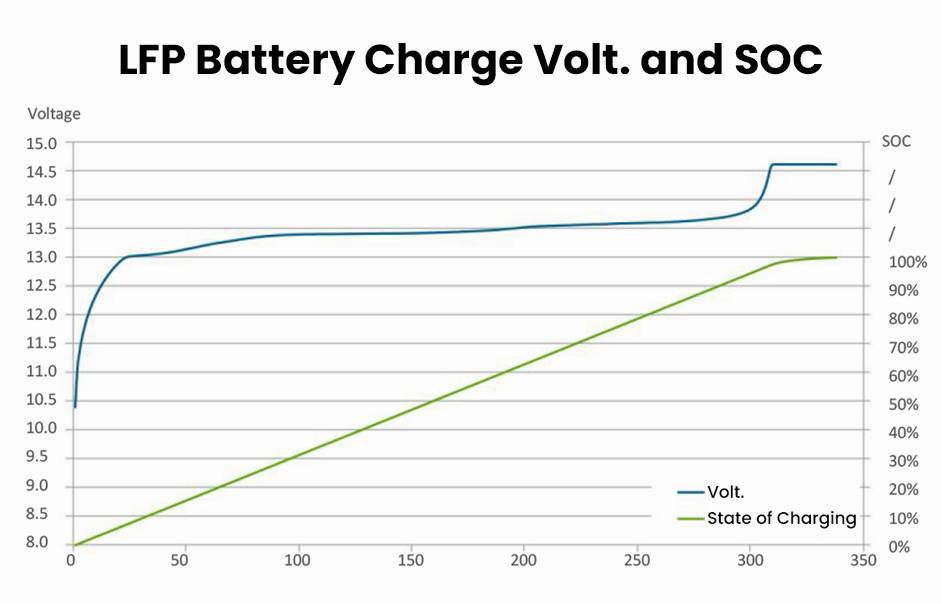- Rack-mounted Lithium Battery
- Golf Cart Lithium Battery
-
Golf Cart Lithium Battery
- 36V 50Ah (for Golf Carts)
- 36V 80Ah (for Golf Carts)
- 36V 100Ah (for Golf Carts)
- 48V 50Ah (for Golf Carts)
- 48V 100Ah (Discharge 100A for Golf Carts)
- 48V 100Ah (Discharge 150A for Golf Carts)
- 48V 100Ah (Discharge 200A for Golf Carts)
- 48V 120Ah (for Golf Carts)
- 48V 150Ah (for Golf Carts)
- 48V 160Ah (Discharge 100A for Golf Carts)
- 48V 160Ah (Discharge 160A for Golf Carts)
-
Golf Cart Lithium Battery
- Forklift Lithium Battery
- 12V Lithium Battery
- 24V Lithium Battery
- 36V Lithium Battery
- 48V Lithium Battery
-
48V LiFePO4 Battery
- 48V 50Ah
- 48V 50Ah (for Golf Carts)
- 48V 60Ah (8D)
- 48V 100Ah (8D)
- 48V 100Ah
- 48V 100Ah (Discharge 100A for Golf Carts)
- 48V 100Ah (Discharge 150A for Golf Carts)
- 48V 100Ah (Discharge 200A for Golf Carts)
- 48V 150Ah (for Golf Carts)
- 48V 160Ah (Discharge 100A for Golf Carts)
- 48V 160Ah (Discharge 160A for Golf Carts)
-
48V LiFePO4 Battery
- 60V Lithium Battery
-
60V LiFePO4 Battery
- 60V 20Ah
- 60V 30Ah
- 60V 50Ah
- 60V 50Ah (Small Size / Side Terminal)
- 60V 100Ah (for Electric Motocycle, Electric Scooter, LSV, AGV)
- 60V 100Ah (for Forklift, AGV, Electric Scooter, Sweeper)
- 60V 150Ah (E-Motocycle / E-Scooter / E-Tricycle / Tour LSV)
- 60V 200Ah (for Forklift, AGV, Electric Scooter, Sweeper)
-
60V LiFePO4 Battery
- 72V~96V Lithium Battery
- E-Bike Battery
- All-in-One Home-ESS
- Wall-mount Battery ESS
-
Home-ESS Lithium Battery PowerWall
- 24V 100Ah 2.4kWh PW24100-S PowerWall
- 48V 50Ah 2.4kWh PW4850-S PowerWall
- 48V 50Ah 2.56kWh PW5150-S PowerWall
- 48V 100Ah 5.12kWh PW51100-F PowerWall (IP65)
- 48V 100Ah 5.12kWh PW51100-S PowerWall
- 48V 100Ah 5.12kWh PW51100-H PowerWall
- 48V 200Ah 10kWh PW51200-H PowerWall
- 48V 300Ah 15kWh PW51300-H PowerWall
PowerWall 51.2V 100Ah LiFePO4 Lithium Battery
Highly popular in Asia and Eastern Europe.
CE Certification | Home-ESS -
Home-ESS Lithium Battery PowerWall
- Portable Power Stations
LiFePO4 vs NiMH Battery: Which One Is Better?
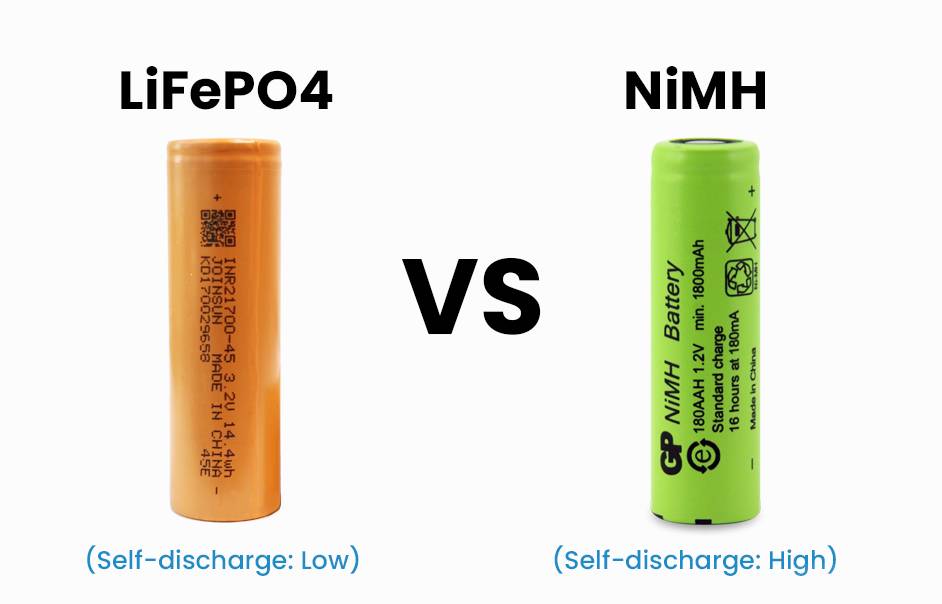
LiFePO4 vs NiMH batteries offer unique advantages. LiFePO4 excels in energy density and safety, suitable for high-performance devices. NiMH batteries are affordable and versatile, ideal for budget-conscious users. Consider your needs: long lifespan and stable output (LiFePO4) or affordability and moderate capacity (NiMH). Choose based on budget, performance needs, and environmental concerns.
Composition and Characteristics of LiFePO4 Batteries
LiFePO4 batteries, or lithium iron phosphate batteries, are renowned for their high energy density, long cycle life, and safety features. With the ability to store ample energy in a compact form and withstand numerous charge-discharge cycles, they are ideal for various applications, including portable electronics and electric vehicles, ensuring efficiency and reliability.
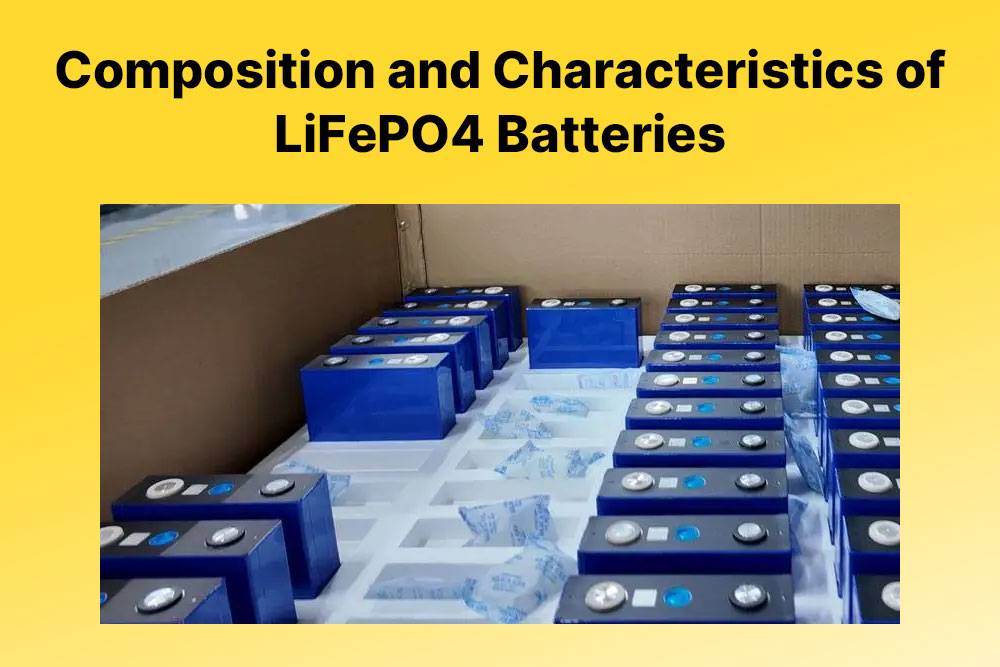
- High Energy Density:
- Distinct Advantage: LiFePO4 batteries boast high energy density, enabling them to store a substantial amount of energy in a compact, lightweight form. This quality positions them as ideal power sources for applications with limited space and weight constraints, such as portable electronics and electric vehicles.
- Long Cycle Life:
- Durability Plus: A standout feature is the long cycle life of LiFePO4 batteries. Withstanding hundreds or even thousands of charge-discharge cycles without significant performance degradation, these batteries offer durability and reliability across various applications.
- Stable and Safe:
- Safety Assurance: LiFePO4 batteries exhibit a stable chemical structure, minimizing the risk of thermal runaway or explosion under extreme conditions. Their safety profile is enhanced compared to other lithium-ion batteries. Moreover, they demonstrate lower self-discharge rates, ensuring prolonged charge retention during periods of inactivity.
Conclusion: In conclusion, LiFePO4 batteries emerge as advanced lithium-based power sources, delivering high energy density, long cycle life, and enhanced safety features. From smartphones to electric vehicles, these batteries play a pivotal role in powering diverse industries with efficiency and reliability.
Composition and Characteristics of NiMH Batteries
NiMH batteries, known as Nickel-Metal Hydride batteries, excel in high energy density, long cycle life, and high current output. Composed of alkaline electrolyte, nickel hydroxide positive electrode, and hydrogen negative electrode, they power diverse electronic devices effectively. Their versatility makes them ideal for applications demanding reliable power sources in compact sizes.
Let’s explore their composition and key characteristics that contribute to their versatility.
- High Energy Density:
- Strength: NiMH batteries possess a high energy density, allowing them to store a substantial amount of energy in a compact size. This makes them suitable for various portable electronic devices like cameras, laptops, and cell phones.
- Long Cycle Life:
- Positive Aspect: NiMH batteries exhibit a relatively long cycle life, enduring hundreds or even thousands of recharge cycles before experiencing significant capacity loss. This longevity contributes to their cost-effectiveness.
- High Current Output:
- Noteworthy Feature: Known for their ability to deliver high current output, NiMH batteries are ideal for applications requiring bursts of power, such as power tools or electric vehicles. This makes them versatile in demanding scenarios.
Conclusion: In summary, NiMH batteries stand out for their high energy density, long cycle life, and capability to deliver high currents when needed. These features make them a reliable choice for powering a range of electronic devices and applications.
Benefits of LiFePO4 Batteries
Drawbacks of LiFePO4 Batteries
LiFePO4 batteries offer advantages such as long cycle life, high thermal stability, and improved safety. However, they have some drawbacks, including lower specific energy compared to other lithium-ion battery types, higher cost, and larger size and weight. Despite these drawbacks, LiFePO4 batteries are widely used in applications that prioritize safety and longevity.
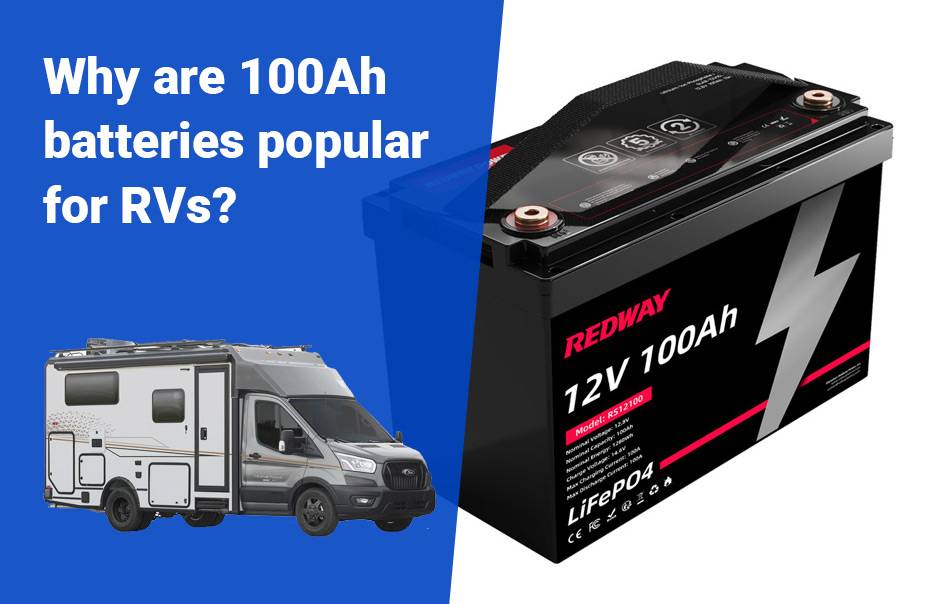
Benefits of NiMH Batteries
Drawbacks of NiMH Batteries
LiFePO4 and NiMH batteries Comparison in Performance
Comparing LiFePO4 and NiMH batteries’ performance is crucial for selecting the right power source. LiFePO4 offers higher energy density and stability, while NiMH boasts faster charging. Both have distinct advantages, making the choice dependent on specific needs like energy density, cycle life, and safety. Consider these factors for optimal performance in various applications.
- Energy Density:
- LiFePO4 Batteries: Boasting higher energy density, LiFePO4 batteries excel in storing more energy within a compact size.
- NiMH Batteries: While having a lower energy density, NiMH batteries still offer a reasonable capacity for various applications.
- Cycle Life:
- LiFePO4 Batteries: Demonstrating an extended cycle life, LiFePO4 batteries can undergo more charge-discharge cycles before experiencing capacity degradation.
- NiMH Batteries: Although having a shorter cycle life compared to LiFePO4, NiMH batteries provide reliable performance for numerous charging cycles.
- Voltage Stability:
- LiFePO4 Batteries: Exhibit a more stable voltage throughout the discharge cycle, ensuring consistent power output.
- NiMH Batteries: Also maintain stable voltage levels, contributing to reliable performance in various applications.
- Charging Time:
- LiFePO4 Batteries: Generally require longer charging times, making them suitable for applications where quick recharging is not a primary concern.
- NiMH Batteries: Charge faster, offering an advantage in scenarios demanding swift recharging capabilities.
- Safety:
- LiFePO4 Batteries: Known for excellent safety performance, LiFePO4 batteries have a stable chemistry, reducing the risk of thermal runaway or explosion.
- NiMH Batteries: While generally safe, NiMH batteries may pose a slightly higher risk compared to LiFePO4, necessitating careful handling.
Conclusion: Both LiFePO4 and NiMH batteries have distinct performance characteristics, and the choice depends on specific application requirements. Consider factors like energy density, cycle life, and safety when selecting the battery type that aligns with your needs.
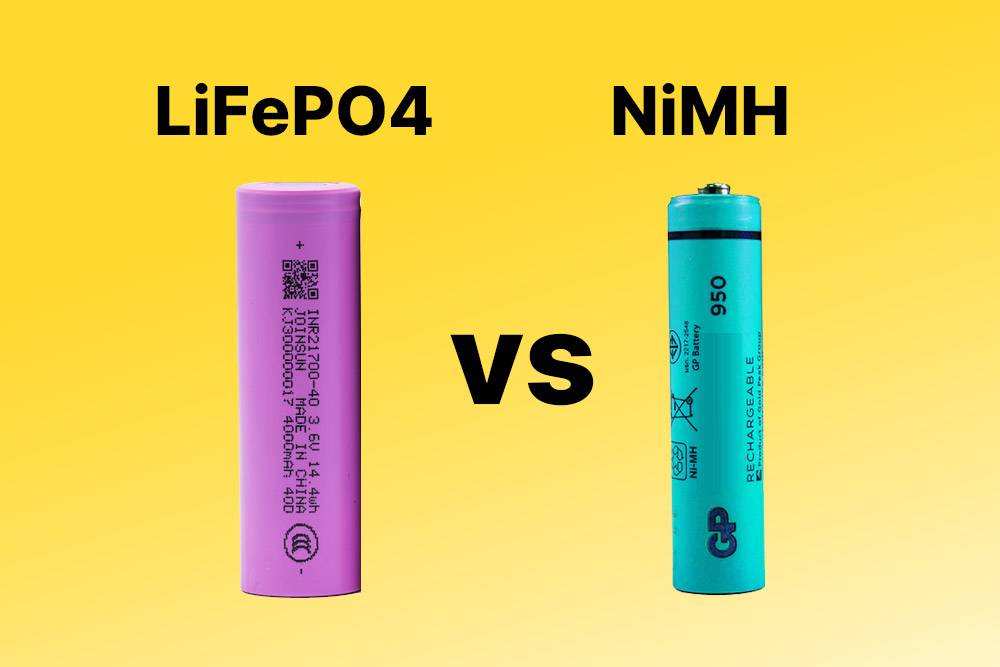
Applications of LiFePO4 Batteries
LiFePO4 batteries find extensive applications, notably in electric vehicles for their high energy density and fast charging, renewable energy storage due to efficiency and capacity, and portable electronics like laptops and smartphones for their compact size and stable performance. These batteries play crucial roles across various industries, ensuring efficient power solutions for diverse needs.
- Electric Vehicles (EVs): High energy density, long cycle life, and fast charging make LiFePO4 batteries optimal for powering EVs, enhancing driving ranges and reducing charging times.
- Renewable Energy Storage: Ideal for storing energy from solar panels and wind turbines, LiFePO4 batteries offer efficiency, large capacity, and resilience to deep cycling.
- Portable Electronics: Compact size and stable performance make LiFePO4 batteries suitable for powering laptops, smartphones, tablets, and power banks on the go.
Applications of NiMH Batteries
Environmental Impact and Sustainability
Examining the environmental impact of LiFePO4 and NiMH batteries is essential in making an eco-conscious choice. Each battery type presents its own environmental considerations.
LiFePO4 Batteries Environmental Impact and Sustainability
NiMH Batteries Environmental Impact and Sustainability
LiFePO4 vs NiMH Battery Comparison in Cost
LiFePO4 vs NiMH Battery, Which is Better?
FAQs
Why are LiPo batteries better than NiMH?
Can I replace NiMH batteries with lithium?
Is it bad to completely drain a LiFePO4 battery?
To maintain the longevity and performance of LiFePO4 batteries, it is recommended to avoid completely draining them. The built-in protection circuits help prevent over-discharge, but it is still best to take precautions and avoid fully depleting the battery to ensure its optimal lifespan and performance.
Why is my LiFePO4 battery draining so fast?
What kills NiMH batteries?
To maintain the longevity of NiMH batteries, it is important to store them properly, avoid overcharging, and protect them from extreme temperatures and physical damage. By taking these precautions, you can prolong the life and optimize the performance of NiMH batteries.
How many years will a NiMH battery last?
What causes NiMH batteries to fail?
NiMH batteries can fail due to factors such as old age, dryness, and anode/cathode degradation. Monitoring the condition of NiMH batteries and replacing them when signs of failure appear can help maintain optimal performance and prevent unexpected battery failures.
When should one choose NiMH batteries?
NiMH batteries are perfect for high-energy devices like digital cameras, flashlights, and toys. They can be recharged and are a great alternative to disposable alkaline batteries. If you find yourself frequently buying batteries for a specific device, consider switching to rechargeable NiMH batteries. Make sure to understand your device’s energy needs and safety requirements when choosing between battery types.
When should one choose LiFePO4 batteries?
LiFePO4 batteries are ideal for home solar power storage and grid-tied power backups. With a long lifespan of over 3000 charge cycles, they are cost-effective and environmentally friendly. These batteries offer safety and stability, handling high temperatures well. Consider LiFePO4 batteries for applications where longevity, cost-effectiveness, and safety are important factors.













